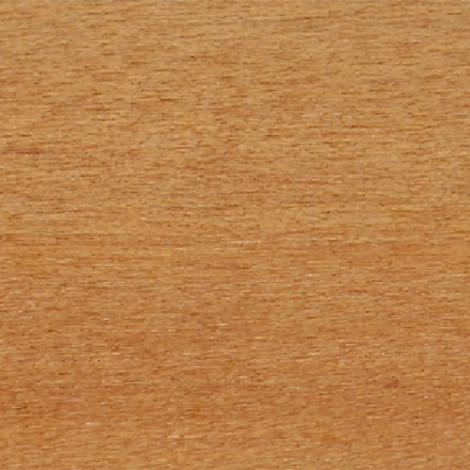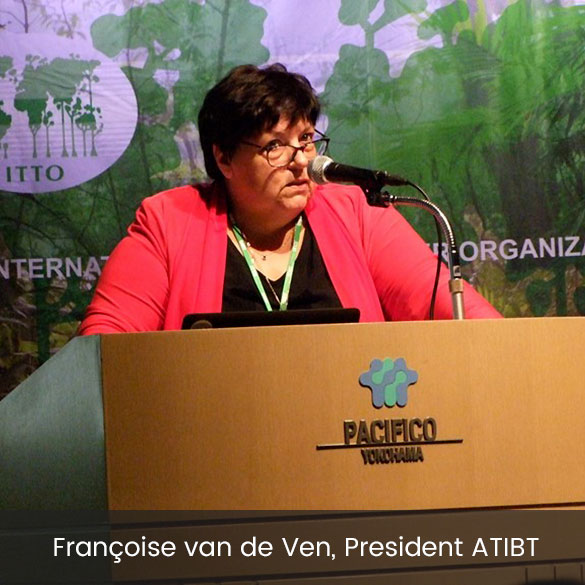

Abura is a tropical tree from Central Africa. The wood is light and tender and has a light brown color. Because of its low durability, the exotic wood Abura is mainly used in interior joinery, for making mouldings and sculptures for example.

Fleroya ledermannii Y.F. Deng, Fleroya rubrostipulata Y.F. Deng, Fleroya stipulosa Y.F. Deng
Family: RUBIACEAE (angiosperme)
Commercial restrictions: no commercial restriction
Abura is a tree of 35 m high and 1 m in diameter. The bole is straight and slender, covered with a grey-yellow scaly bark. The edge, fibrous, is pinkish-yellow then becomes brown in the open air.
Abura is an exotic wood with a light brown color. It is a light and soft wood, easy to work with. However, it is not recommended for industrial exploitation, partly because it does not offer particularly interesting characteristics, and partly because abura grows in a fragile ecosystem.
It can be used for:
Structures and panels
Exterior joinery (building facade)
Miscellaneous uses
Abura is a non-durable wood, which must be treated against fungi and moisture if there is a risk of dampness. It is mainly used for interior joinery, for the manufacture of mouldings. Its good peeling properties make it suitable for the production of plywood.
Abura is found over a wide distribution area in West and Central Africa.
Abura is a non-deciduous species of swamp forests. The winged seeds of these hermaphroditic species are dispersed by the wind.
Read the Tropix sheet (CIRAD).
Read the Tropix sheet (CIRAD).
Sources :
Copyright: Q. Meunier, C. Moumbogou, J.-L. Doucet, 2015, Les arbres utiles du Gabon
use(s) for this species :

Engage
Do you want forest resources to be preserved?
Do you want to contribute to helping local populations and to protect the fauna and flora?
Do you want to help us promote a sustainable material with exceptional qualities?
